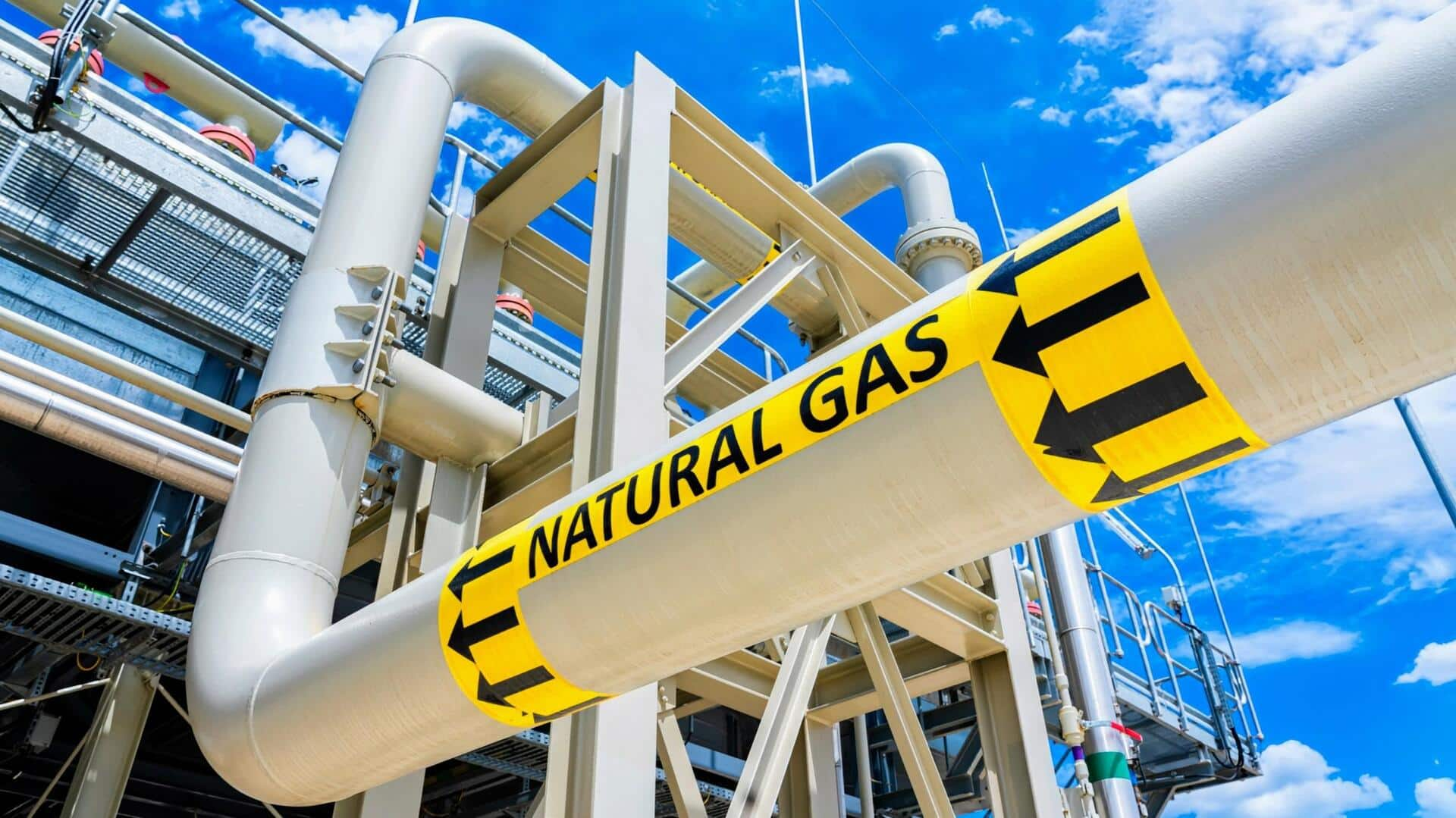
India's natural gas demand to surge 60% by 2030
What's the story
The International Energy Agency (IEA) has projected a steep rise in India's natural gas consumption.
Its report, which was released on Tuesday, predicts a 60% rise in demand by 2030.
The surge is expected to double the country's liquefied natural gas (LNG) imports as domestic production fails to keep up with rising demand.
Market shift
Urbanization and industrialization driving energy market transformation
The IEA report notes rapid urbanization and industrialization as major contributors to this change in India's energy market.
The country's natural gas demand has already increased by over 10% in the last two years, after a decade of sluggish growth and occasional decline.
However, domestic production is only projected to rise by 8% to about 38 billion cubic meters (bcm) annually during the same period (2023-2030).
Import increase
Need to double LNG imports by 2030
According to the IEA report, India, the world's fourth-largest LNG buyer, may have to double its annual imports to around 65bcm by the end of this decade.
This would amount to almost 48 million metric tons per year of LNG, which would be in line with India's current import terminal capacity.
The nation is expected to be the biggest driver of global energy demand growth this year.
Contract security
IEA advises India to secure new long-term contracts
The IEA has advised India to strategically plan its LNG procurement and expand import infrastructure, to mitigate exposure to spot-market volatility.
The agency warned that "as legacy contracts expire, India faces a widening gap between contracted supply and projected demand after 2028."
It further emphasized the need for securing new long-term contracts in the coming years.
Capacity expansion
LNG import capacity may need expansion
The IEA report also notes that India's growing LNG needs may require an expansion of import capacity in the second half of this decade.
India presently has seven LNG import terminals with a total capacity of about 47.7 million metric tons per year.
The country is also aiming to raise the share of natural gas in its energy mix to 15% by 2030 from the current 6.2%.